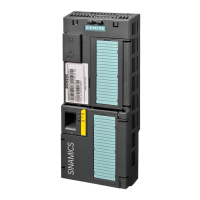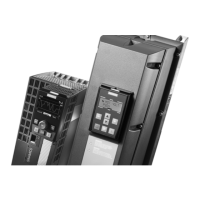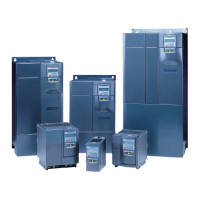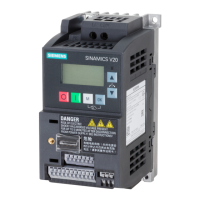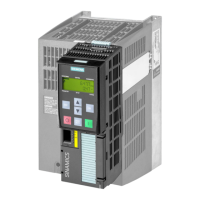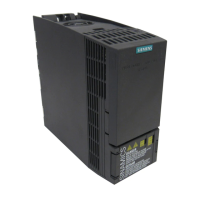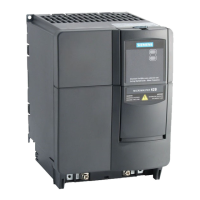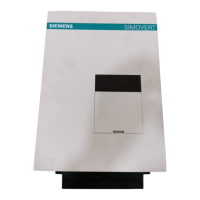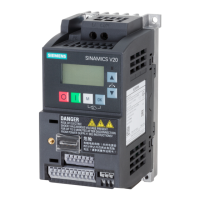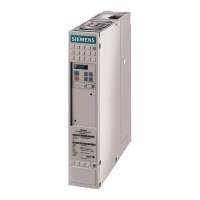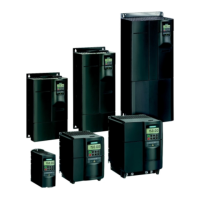6.25.3 Dynamic braking
Typical applications for dynamic braking require continuous braking and acceleration
operations or frequent changes of the motor direction of rotation:
● Horizontal conveyors
● Vertical and inclined conveyors
● Hoisting gear
Principle of operation
The DC link voltage increases as soon as the motor supplies regenerative power to the inverter
when braking. The regenerative power means that the DC link voltage in the inverter increases.
Depending on the DC link voltage, the inverter outputs the regenerative power to the braking
resistor through the braking chopper. The braking resistor converts the regenerative power
into heat, therefore preventing DC link voltages > Vdc_max.
%UDNLQJUHVLVWRUEUDNLQJSRZHU
%UDNLQJUHVLVWRU
PRWRULQJ
JHQHUDWLQJ
6SHHG
'&OLQNYROWDJHU
9GFBPD[
U
W
W
W
QQ
QQ
Figure 6-47 Simplified representation of dynamic braking with respect to time
Advanced commissioning
6.25 Electrically braking the motor
Converter with the CU230P-2 Control Units
318 Operating Instructions, 09/2017, FW V4.7 SP9, A5E34257946B AE
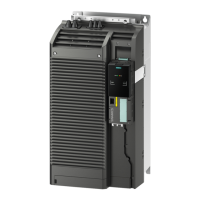
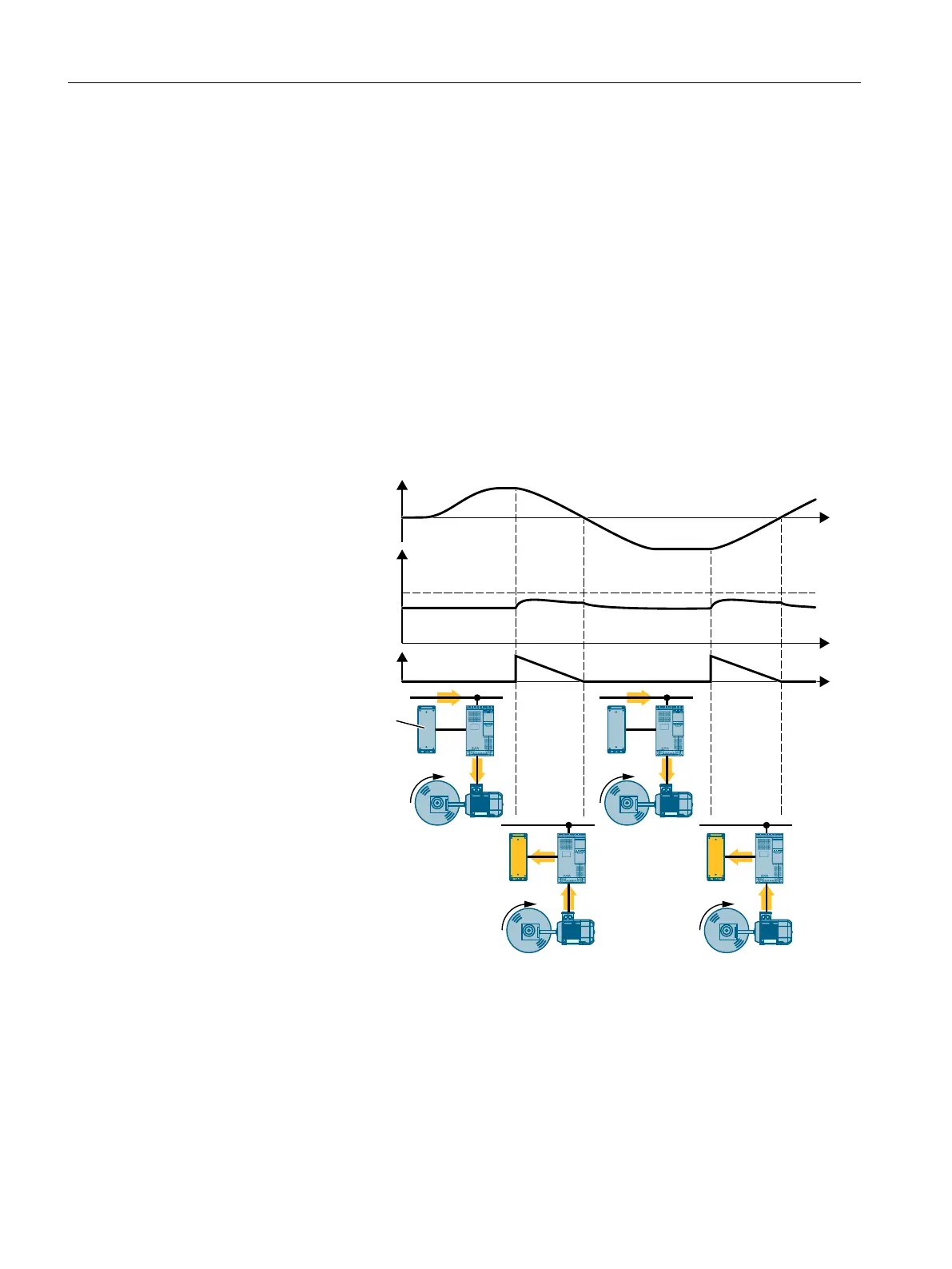